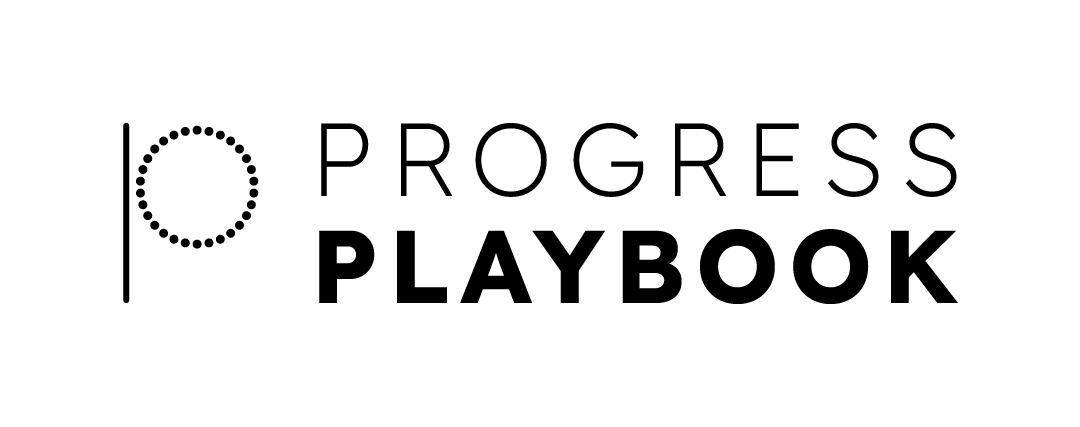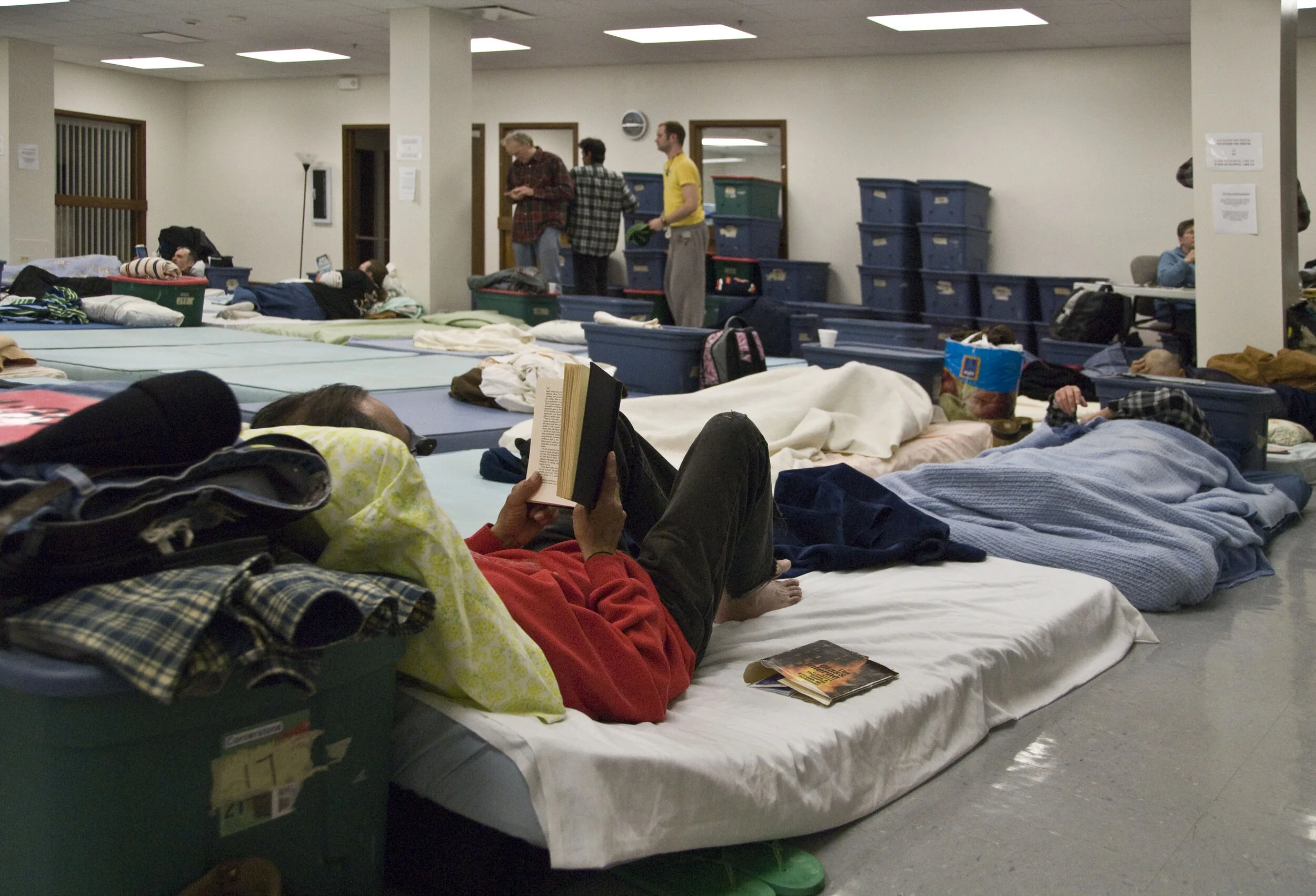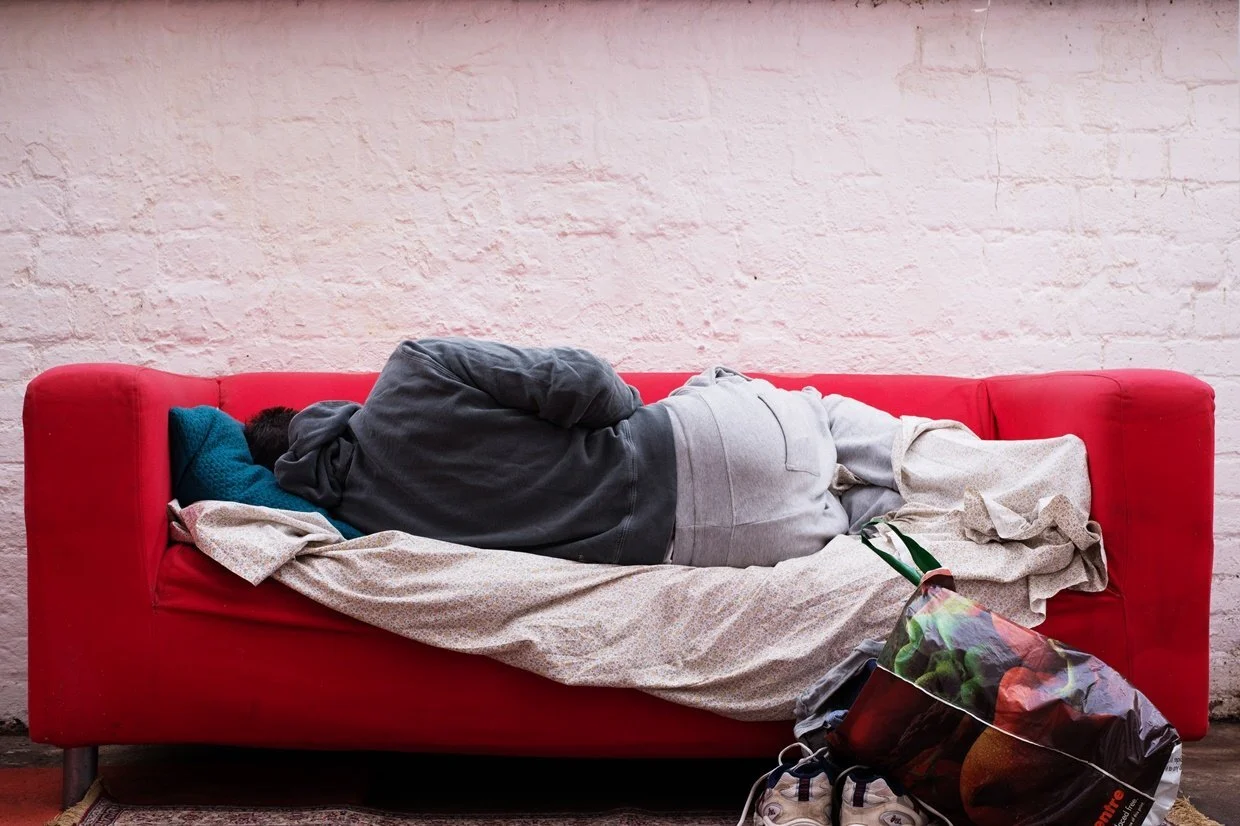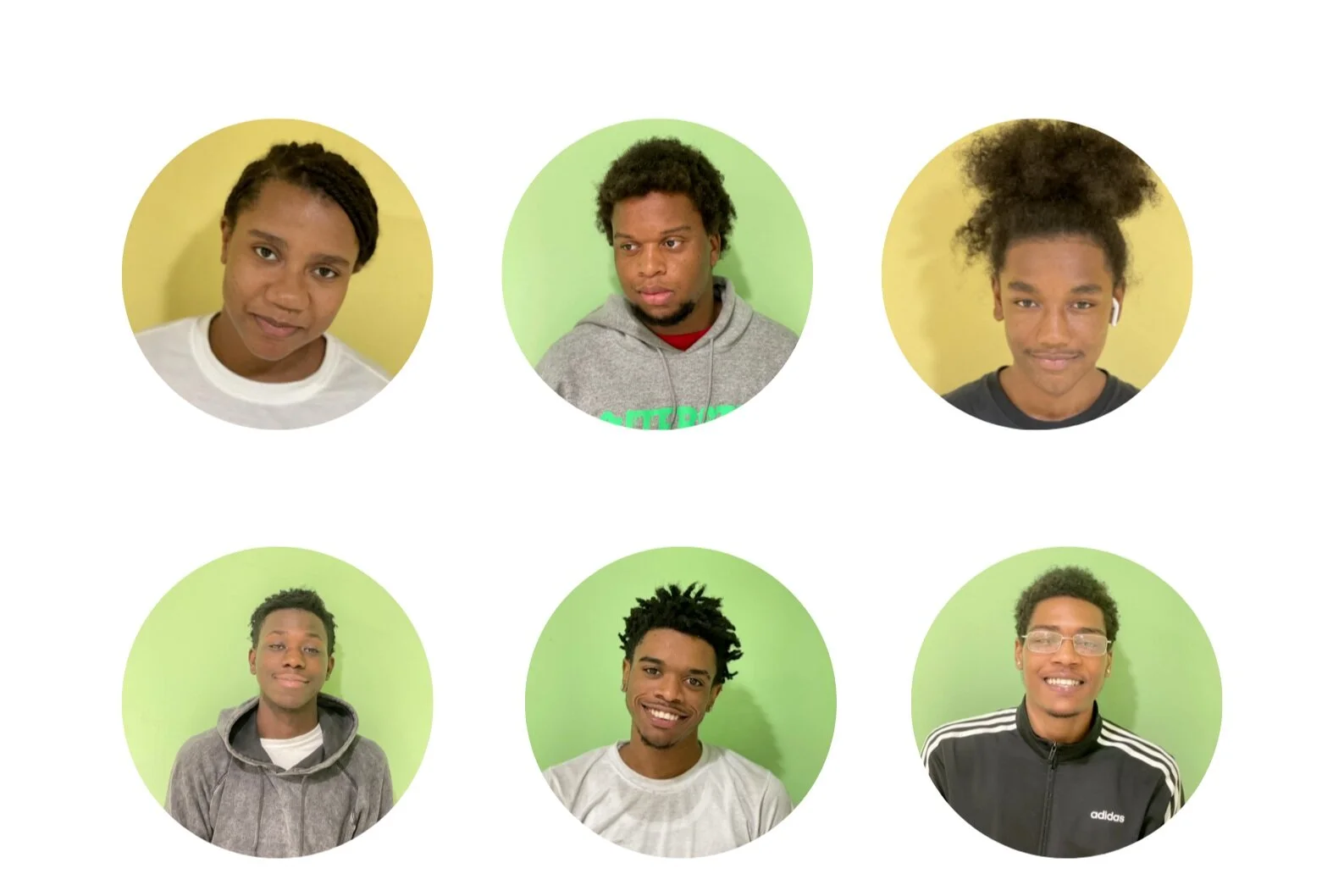Good Hearts is a social enterprise founded by 5 teenagers from the Fort Green section in Brooklyn. We are on a mission to reduce all forms of homelessness in NYC.
HOMELESSNESS IN NEW YORK CITY
In a city of more than 8.3 million people, nearly one in every 106 New Yorkers is homeless — that's nearly 80,000 men, women and children. Every night, nearly 4,000 people sleep on the street, in the subway system or in other public spaces.
OUR SOLUTION
AWARENESS
We build awareness about the homelessness crisis in NYC through our campaigns and events
RESOURCES
We connect NYC residents to resources for each type of homelessness
EXPERT CONNECTIONS
We connect NYC residents to financial and mental health professionals
THE 4 TYPES OF HOMELESSNESS
Transitional Homelessness
Transitional homelessness is actually the most common type of homelessness. These individuals are also likely to be younger and generally enter a shelter or temporary housing system for only one brief stay. This situation could be the result of a catastrophic event or sudden life change.
Hidden Homelessness
This specifically refers to individuals temporarily living with others (or ‘couch-surfing’) without a guarantee that they will be able to stay long-term and without immediate prospects for acquiring permanent housing. This often describes people staying with friends or relatives because they lack other housing opportunities. This population is considered ‘hidden’ because they do not access homeless supports and services, despite their need for them. For this reason, they do not appear in standard homeless statistics
Episodic Homelessness
Episodic homelessness refers to individuals who are currently homeless and have experienced at least three periods of homelessness in the previous year. These individuals are often younger and suffer from some type of disabling condition, such as substance abuse, mental illness, and/or medical problems.
Chronic Homelessness
The Federal definition of a chronically homeless individual describes them as either “an unaccompanied homeless individual with a disabling condition” who has been continuously homeless for a year or more or has had a minimum of four episodes of homelessness in the previous three years. Typically, these individuals are older, have complex, long-term health issues and often live on the street, in a car, park, or other location that is not suitable for human habitation
GOOD HEARTS MERCH
10% of all proceeds go back to homeless organizations in NYC
THE FOUNDERS
44% of renter households in New York City are rent burdened, and 25% of renter households are severely rent burdened, so their stories are Our Stories.
Dori-Anne Dorival (16), JaFar (19), Tyquan Midyett (17), Chico Copeland (18)
OUR TRIBE OF SUPPORTERS
We would like to give a shoutout to the Neighborhood STAT Team at IngersolI, Neighborhood Safety Initiative, NYC Office of Neighborhood Safety, Progress Playbook, and our facilitators, Von-Anise McCoy, Kenesha Traynham-Cooper , and Lloyd Cambridge for supporting and guiding us through the process of launching Good Hearts.
ABOUT START AN EMPIRE
Start an Empire is an experiential social entrepreneurship program designed by Progress Playbook to teach youth how to start a business by practicing the startup experience. Participants receive business training, identify a social problem to solve in their neighborhood, develop a business plan, and practice the startup experience by creating a product and activating their solutions for the neighborhood problem that they identified at a local pop-up shop.
CONNECT WITH US
We will keep you up to date with all the things
you need to know to build a business in NYC.
(E) Hello@progressplaybook.com (P) 347-464-8178







